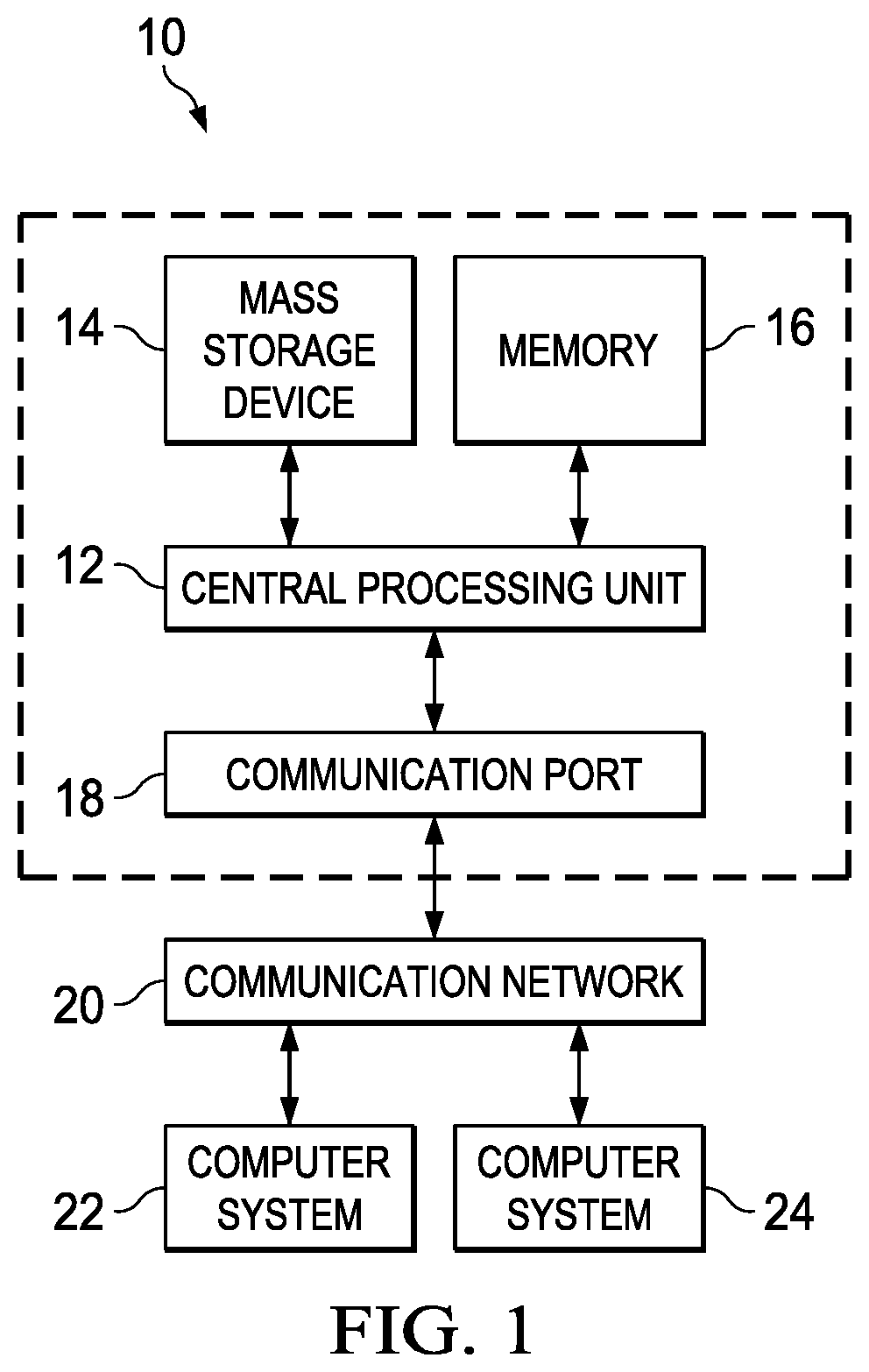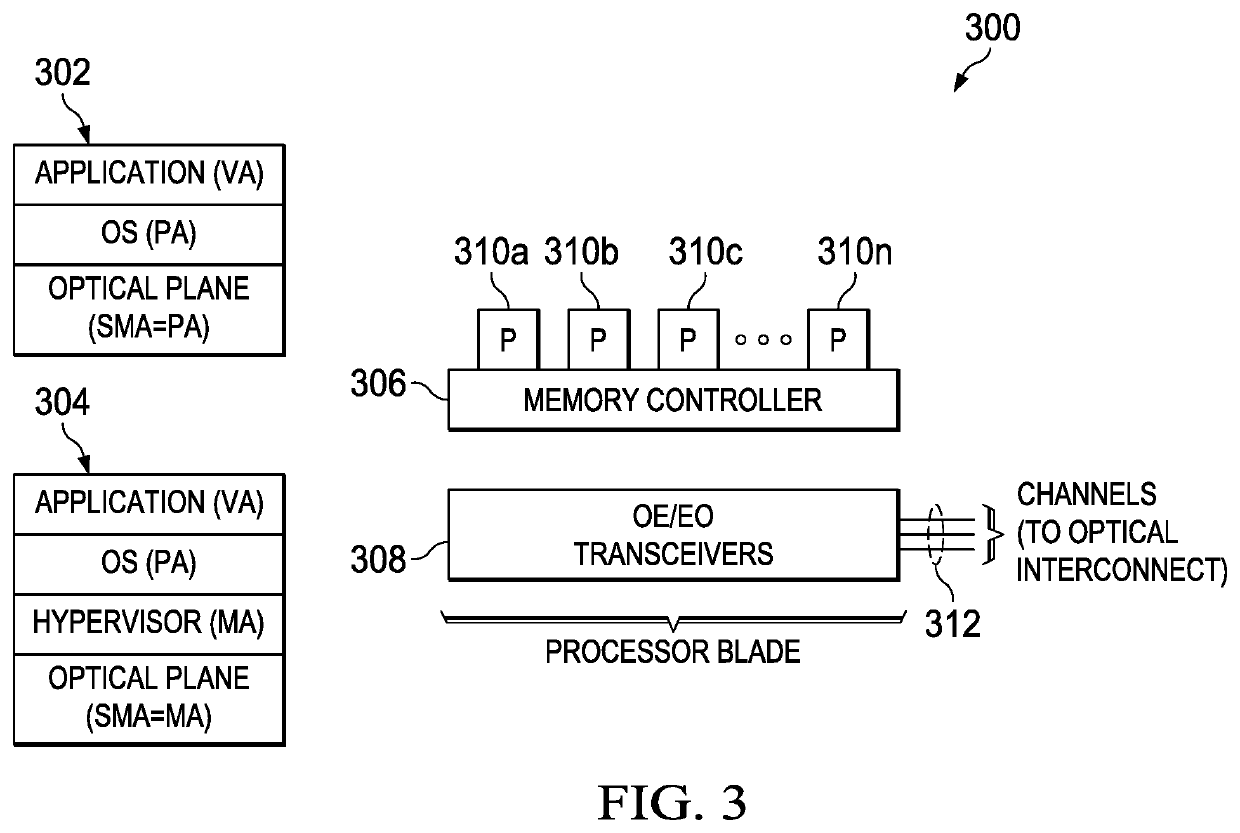Building a highly-resilient system with failure independence in a disaggregated compute environment
a compute environment and highly resilient technology, applied in the field of data processing systems, can solve the problems of large downtime or interruption, traditional systems do not adequately address component-level resiliency and failover, and the entire server is considered to be failed-over
- Summary
- Abstract
- Description
- Claims
- Application Information
AI Technical Summary
Benefits of technology
Problems solved by technology
Method used
Image
Examples
Embodiment Construction
[0031]By way of background, the techniques of this disclosure preferably are implemented within the context of a “disaggregated” compute system environment wherein a “disaggregated server”—sometimes referred to herein as a “server entity”—is composed or constitutes server resources selected from (or assigned from) shared server resource pools, namely, one or more of: a compute pool, a memory pool, an accelerator (e.g., GPU accelerator, network accelerator, etc.) pool, a storage pool, and so forth. As will be described in more detail below, these resource pools are augmented to include not only different resources types (CPU, memory, etc.), but also to include resources (of the same type) with different specifications (or so-called “specs”) or flavors. A “spec” or “flavor” may be hardware-based, software-based, or some combination. In the context of software, typically a flavor corresponds to a “release” or “version.” As will be seen, the technique of this disclosure leverages resour...
PUM
 Login to View More
Login to View More Abstract
Description
Claims
Application Information
 Login to View More
Login to View More - R&D
- Intellectual Property
- Life Sciences
- Materials
- Tech Scout
- Unparalleled Data Quality
- Higher Quality Content
- 60% Fewer Hallucinations
Browse by: Latest US Patents, China's latest patents, Technical Efficacy Thesaurus, Application Domain, Technology Topic, Popular Technical Reports.
© 2025 PatSnap. All rights reserved.Legal|Privacy policy|Modern Slavery Act Transparency Statement|Sitemap|About US| Contact US: help@patsnap.com



